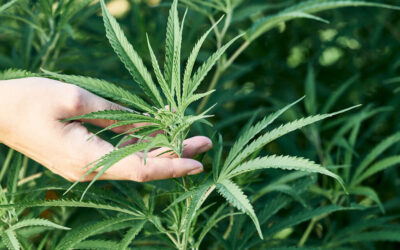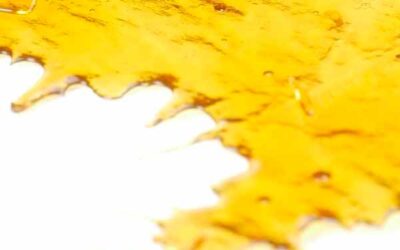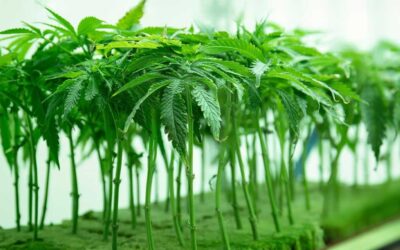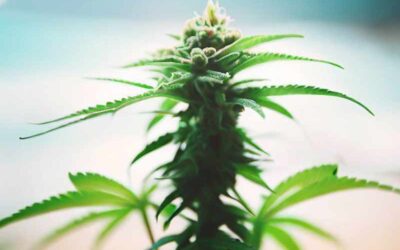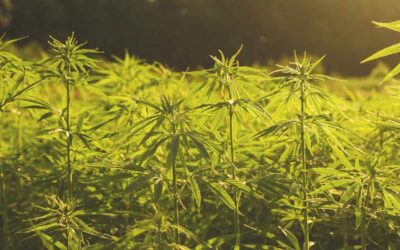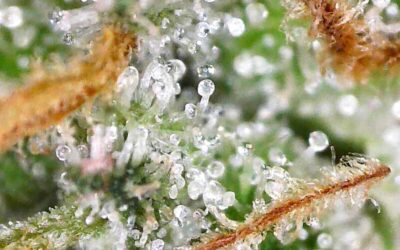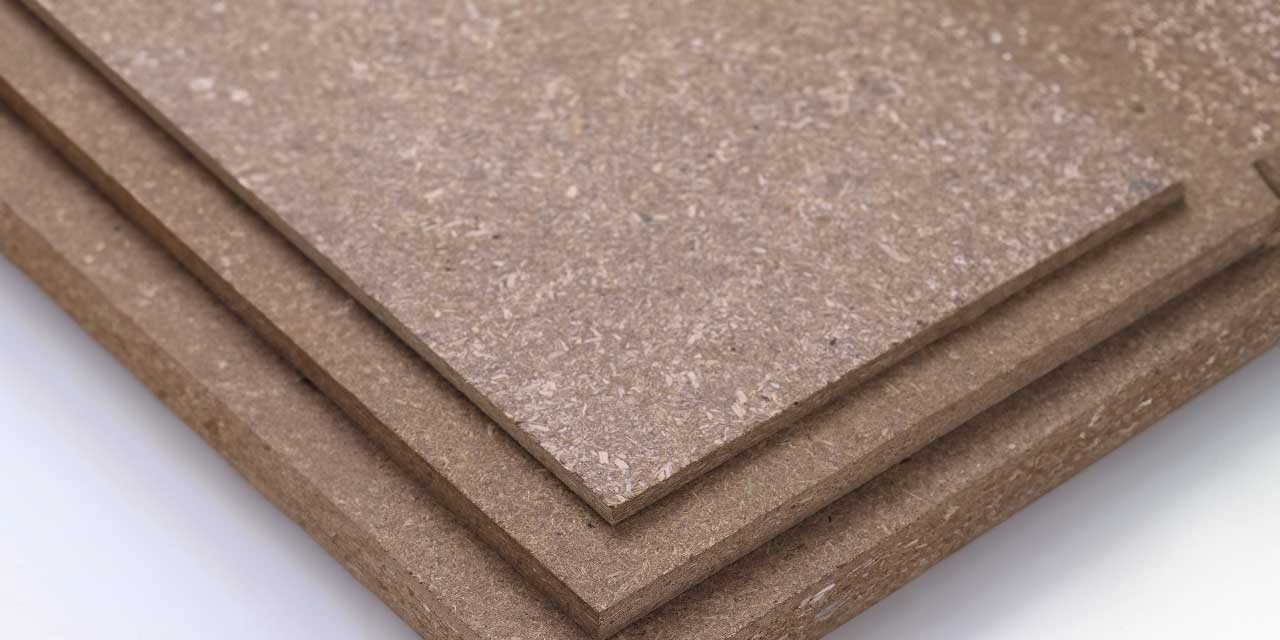
Hemp Plywood
Crafting Sustainability
In recent years, the concept of sustainability has risen to the forefront of concern across a multitude of industries, encompassing construction and manufacturing among others. This heightened awareness is a testament to our collective commitment to minimizing our impact on the environment. As part of this endeavour, there has been a notable surge in the recognition and utilization of alternative materials.
One standout among these eco-conscious alternatives is hemp plywood, sometimes referred to simply as hemp board. This remarkable material offers a dual advantage: versatility and environmental friendliness, effectively positioning itself as a viable substitute for conventional wood-based plywood and boards.
The Hemp Plant: An Eco-Friendly Marvel
Before delving into the intricacies of crafting hemp plywood, it’s imperative to gain a comprehensive understanding of the hemp plant, the star of our show. Hemp, which is a variant of the Cannabis sativa plant, has a rich history of cultivation spanning centuries, primarily for its fibres and seeds. Distinguishing it from its psychoactive relative, marijuana, hemp contains only trace amounts of THC (tetrahydrocannabinol), rendering it unsuitable for recreational purposes. Nevertheless, it boasts an array of other remarkable attributes.
Remarkable Growth Rate
Hemp is celebrated for its astonishingly rapid growth, reaching maturity within just a few months. This exceptional growth rate makes it an incredibly sustainable crop, demanding minimal water and pesticides compared to other agricultural alternatives.
The abundance of Fiber
Hemp’s long, robust fibres make it the ideal choice for weaving textiles and, as we’ll soon explore, for the production of plywood.
Carbon Capture Capability
A noteworthy environmental benefit of hemp lies in its capacity to sequester carbon dioxide from the atmosphere, further enhancing its eco-friendly profile.
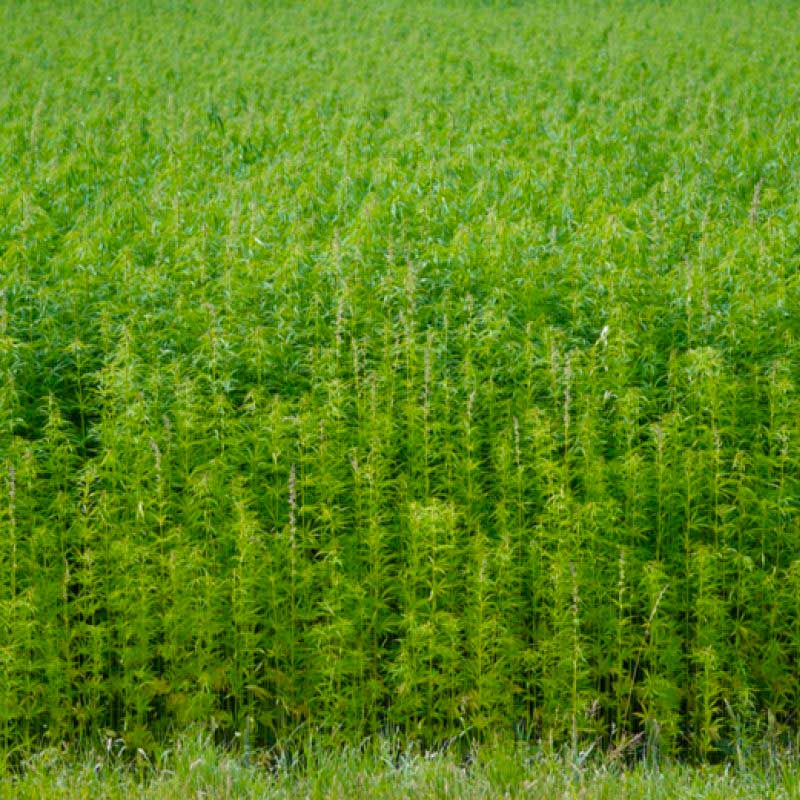
The Production Process
The creation of hemp plywood encompasses several distinct stages, with each phase actively contributing to its overall sustainability and versatility.
Harvesting
It all begins with the careful harvesting of hemp plants at the precise moment when their fibres reach their peak strength. During this phase, leaves and seeds are meticulously removed, leaving behind the vital stalks, which house the coveted long fibres crucial for plywood production.
Retting
Moving forward, we enter the critical phase of retting, where the natural bonds holding hemp fibres together are methodically broken down. This can be achieved through two main methods: water retting, involving the soaking of stalks in water, and dew retting, allowing the stalks to undergo natural decomposition through dew and microbial action. Water retting stands as the more prevalent method, typically taking approximately one week to complete.
Breaking and Scutching
Once the retting process concludes, the hemp stalks undergo mechanical processing to meticulously remove the outer bark and meticulously separate the long fibres from the inner woody core. This crucial phase is aptly known as breaking and scutching.
Hackling
Subsequently, the long fibres proceed to the hackling stage, where they undergo meticulous combing through various sizes of brushes. This process serves to straighten and refine the fibres, ensuring their optimal quality.
Binder Creation
The refined hemp fibres are then meticulously combined with a natural binder. Often, choices like soy-based or phenolic resins come into play. The selection of the binder may vary depending on the specific characteristics sought for the plywood.
Pressing and Drying
In the next step, the fiber-binder amalgamation is expertly formed into sheets, which are then conscientiously pressed together under carefully controlled heat. This results in the formation of robust, solid panels. Subsequently, these panels undergo a thorough drying process, eliminating any excess moisture.
Finishing
Finally, the finished panels receive meticulous attention to detail. They can be expertly sanded and trimmed to the required dimensions. Furthermore, the panels can be adorned with coatings or laminates, not only elevating their appearance but also enhancing their durability.
Advantages of Hemp Plywood
Eco-Friendly Excellence
Hemp plywood stands out as one of the most environmentally responsible building materials available today. Its cultivation demands minimal water and pesticide usage while actively participating in carbon sequestration, contributing to a cleaner planet.
Unparalleled Durability
The strength and resilience of hemp plywood are noteworthy. It can effortlessly bear heavy loads and remains impervious to pests and mould, ensuring long-lasting structural integrity.
Feather-Light and Manageable
Despite its impressive strength, hemp plywood maintains a commendably lightweight profile. This attribute not only simplifies transportation but also facilitates ease of use in various projects.
Remarkable Versatility
Hemp plywood’s adaptability knows no bounds. It serves as a versatile solution suitable for an array of applications, including crafting exquisite furniture, premium cabinetry, elegant flooring, and stunning wall panels.
Minimal Toxicity
In contrast to some traditional plywood options that may harbour harmful formaldehyde-based adhesives, hemp plywood frequently utilizes natural, low-toxicity binders, fostering safer indoor environments.
Sustainably Renewable Resource
Hemp stands as a rapidly renewable resource, presenting itself as a sustainable alternative to traditional timber. This characteristic further underscores its eco-friendly appeal and positions it as a cornerstone of responsible construction and manufacturing.
A Sustainable Future
Hemp plywood exemplifies how innovative materials can address the requirements of contemporary construction and manufacturing, all while minimizing their environmental footprint. Its production process, which revolves around cultivating the versatile hemp plant, not only underscores the beauty of sustainability but also provides a viable alternative.
In our ongoing pursuit to diminish our reliance on traditional, resource-intensive materials, hemp plywood emerges as a promising solution. Its strength, durability, and environmentally friendly qualities position it as a frontrunner in the mission for more sustainable building materials. By opting for hemp plywood, we not only make strides toward a greener and more sustainable future but also reap the benefits of a versatile and dependable material.


